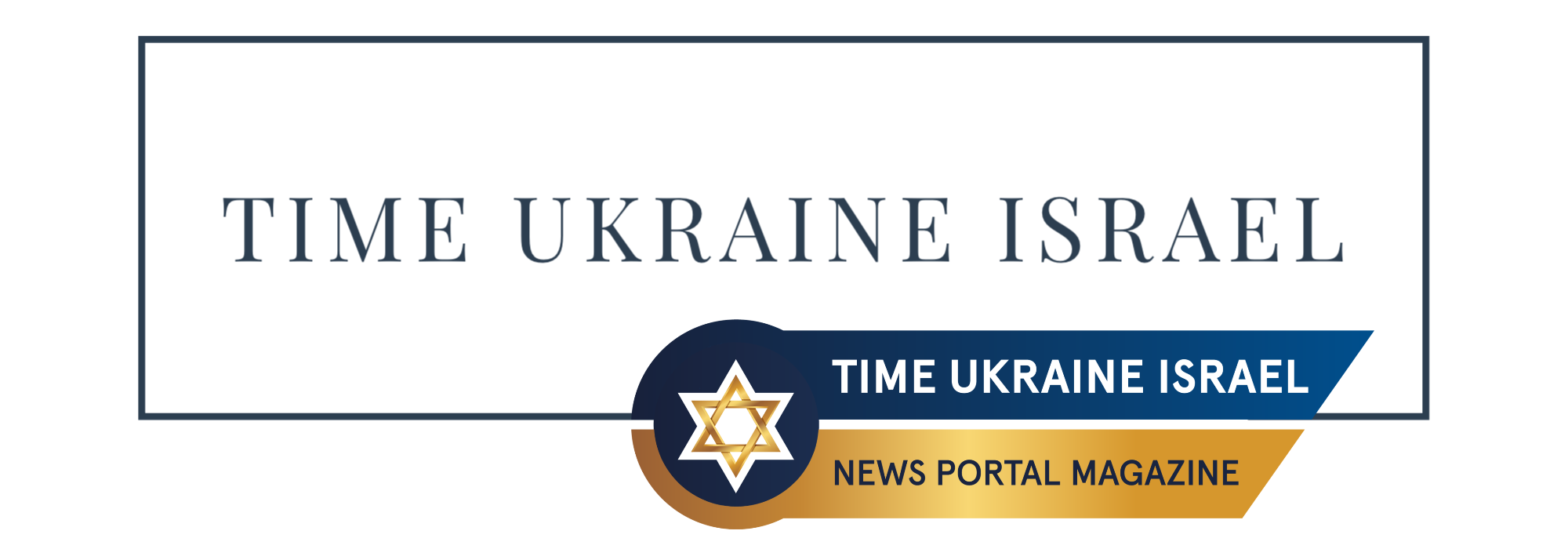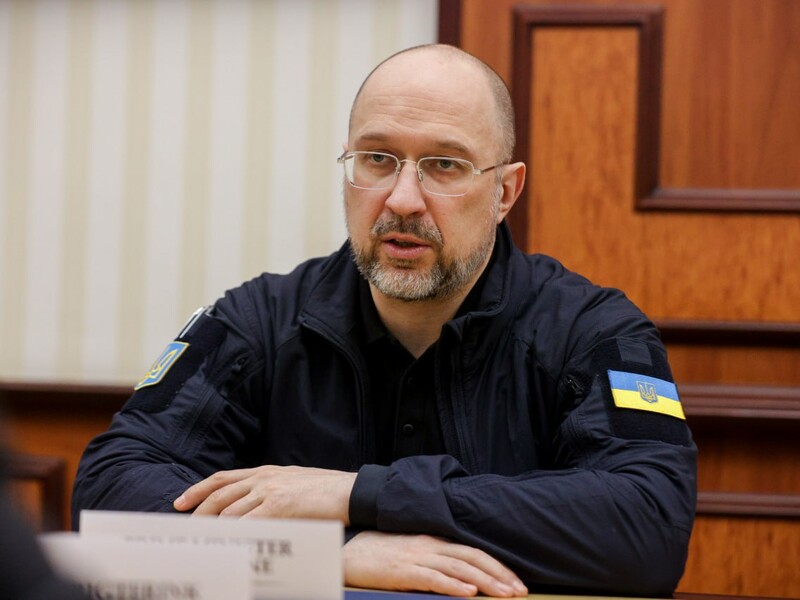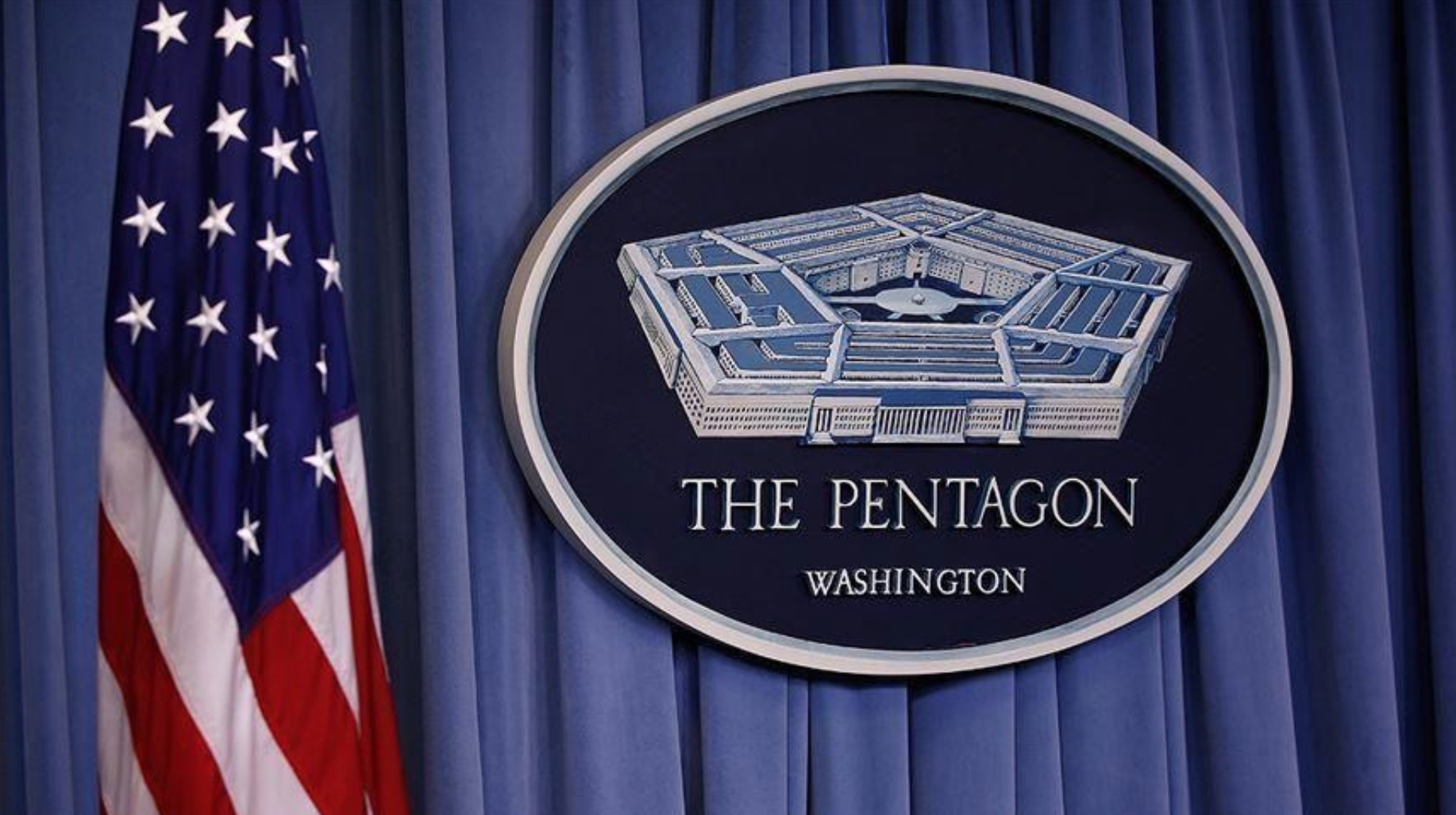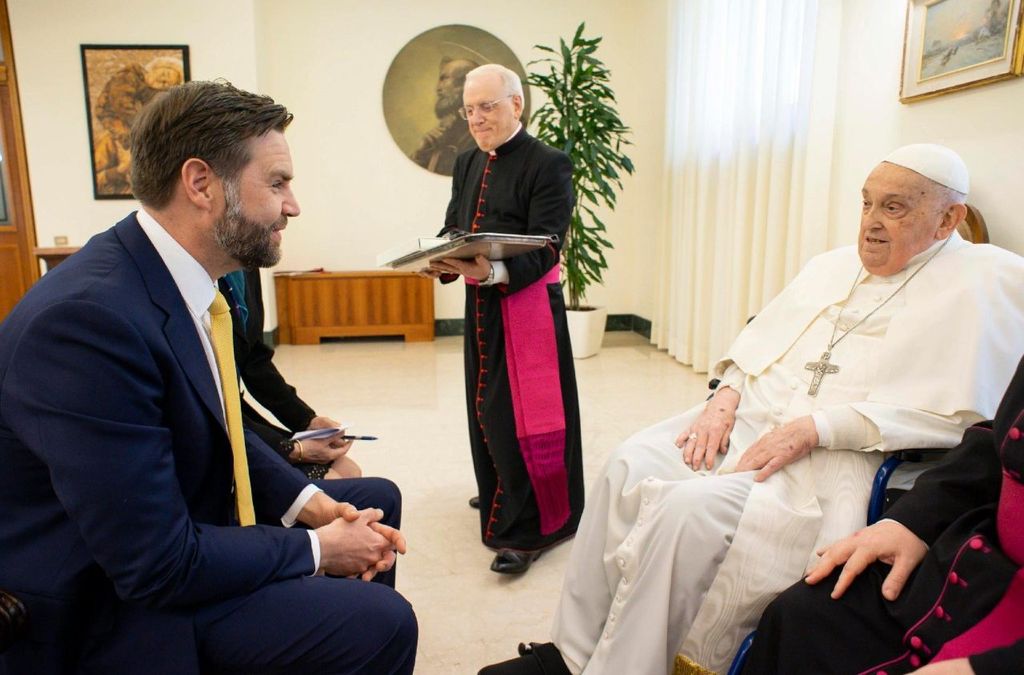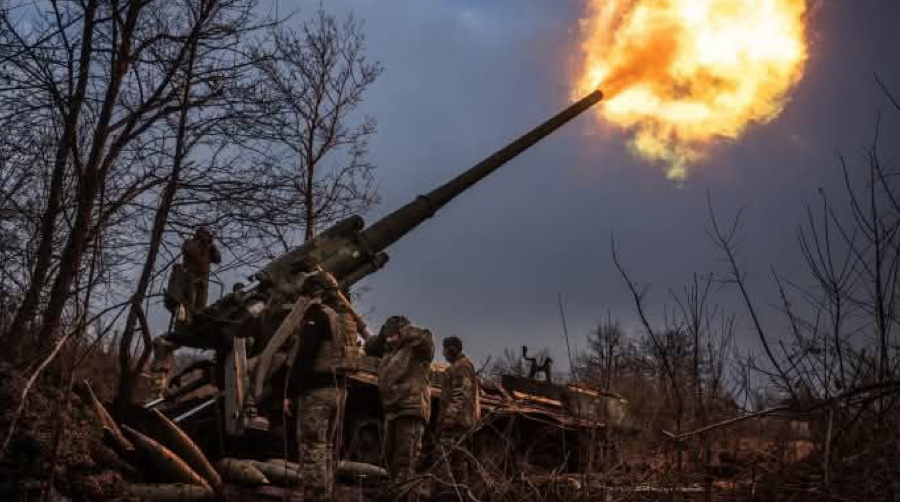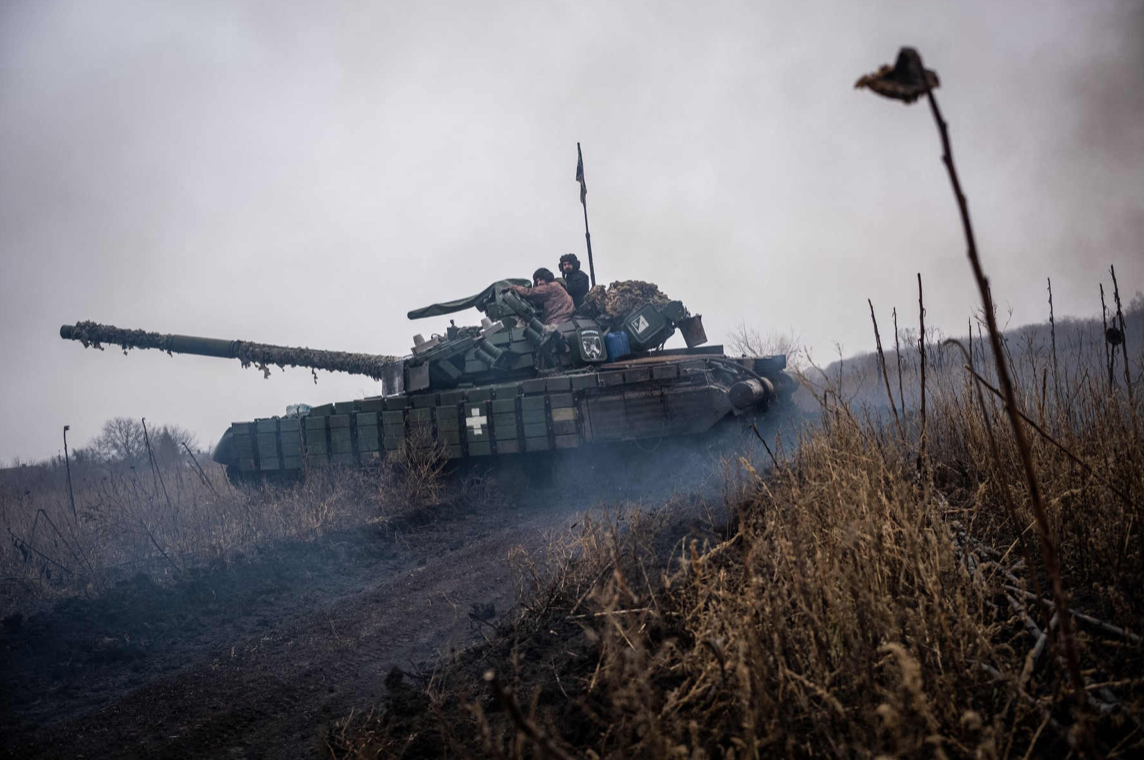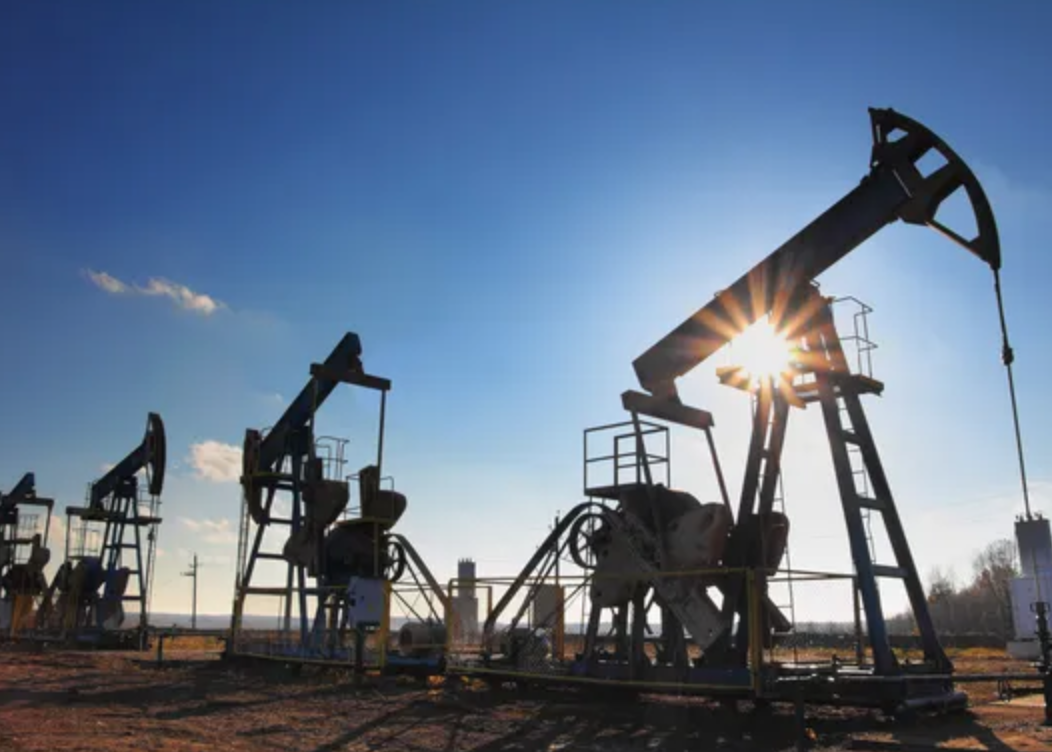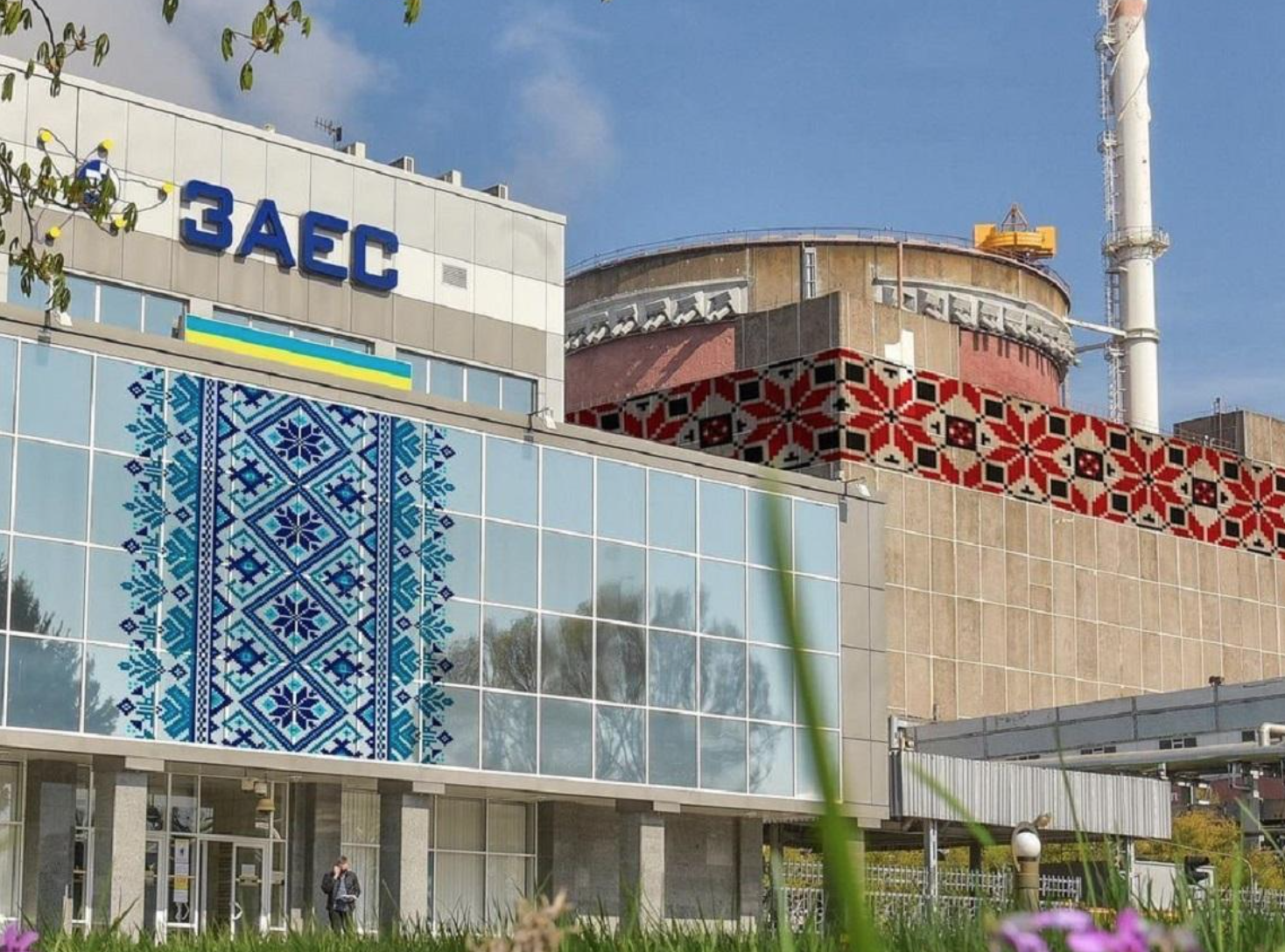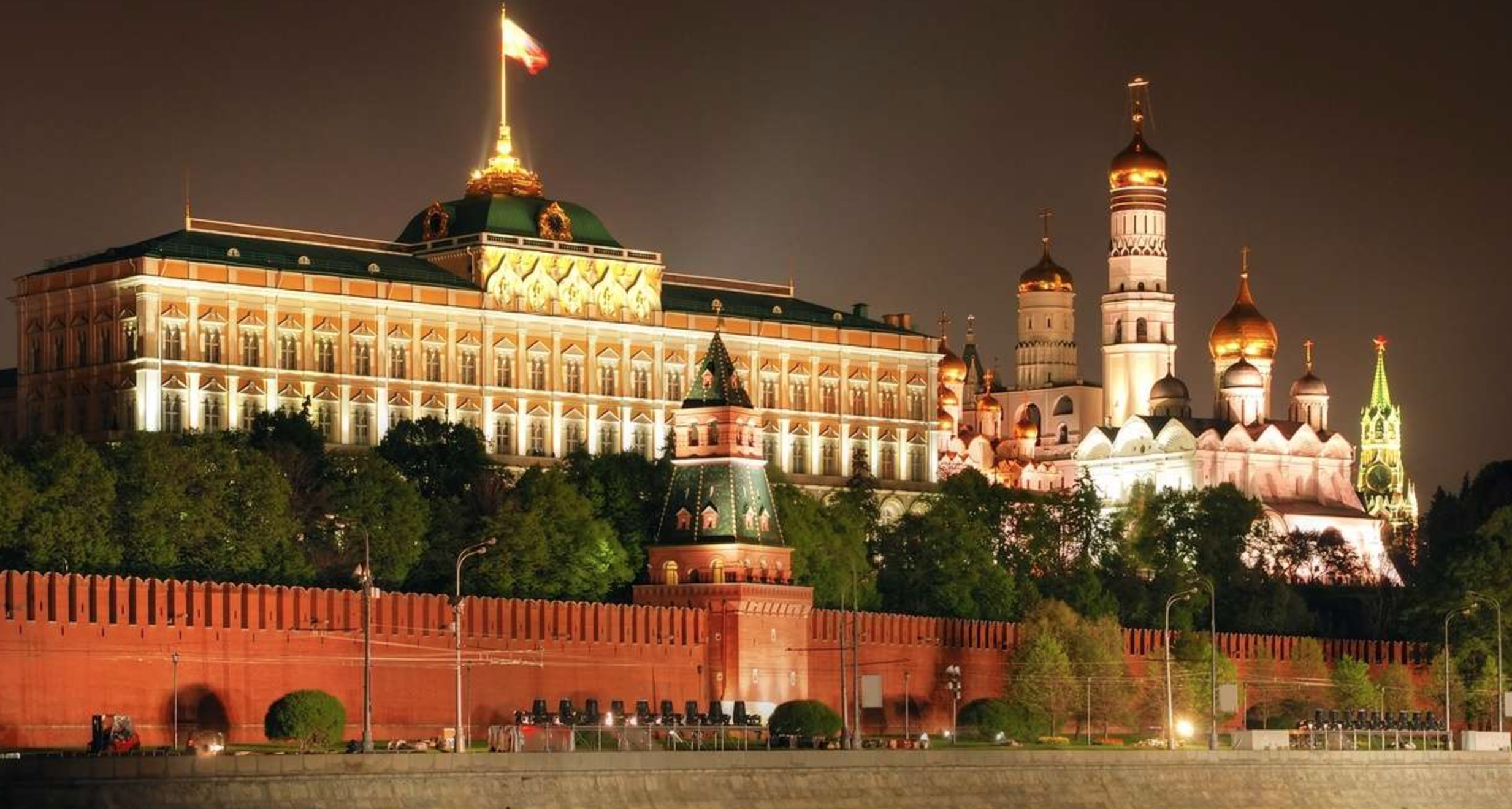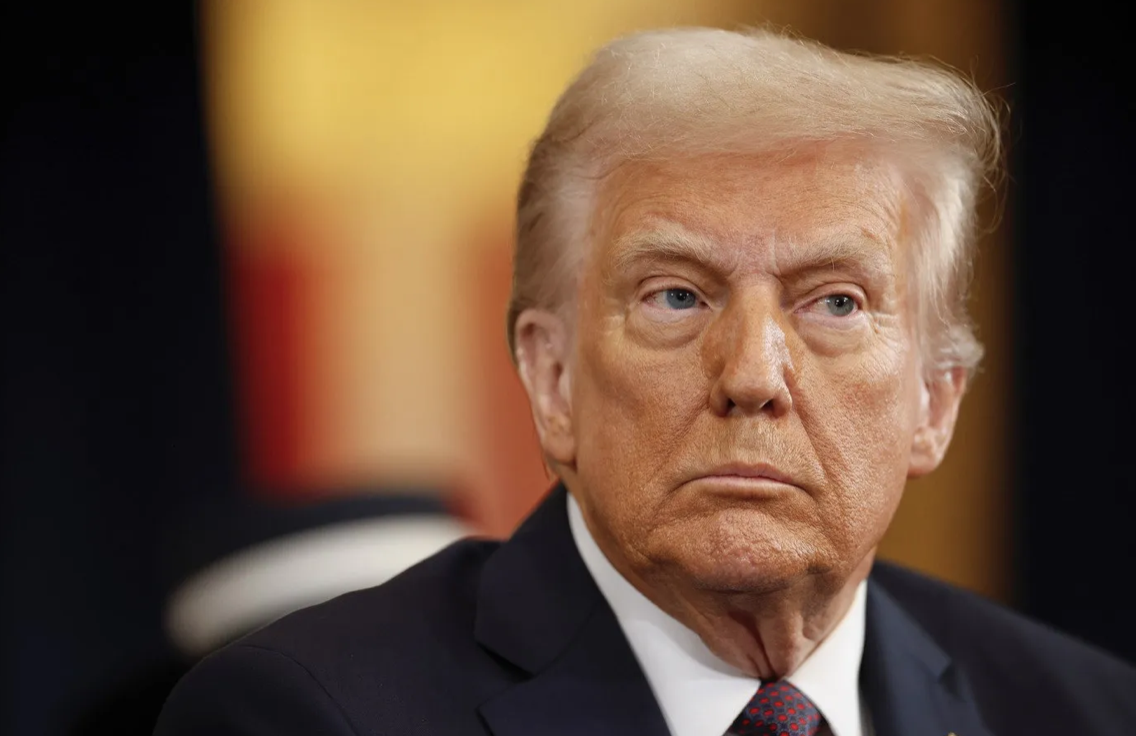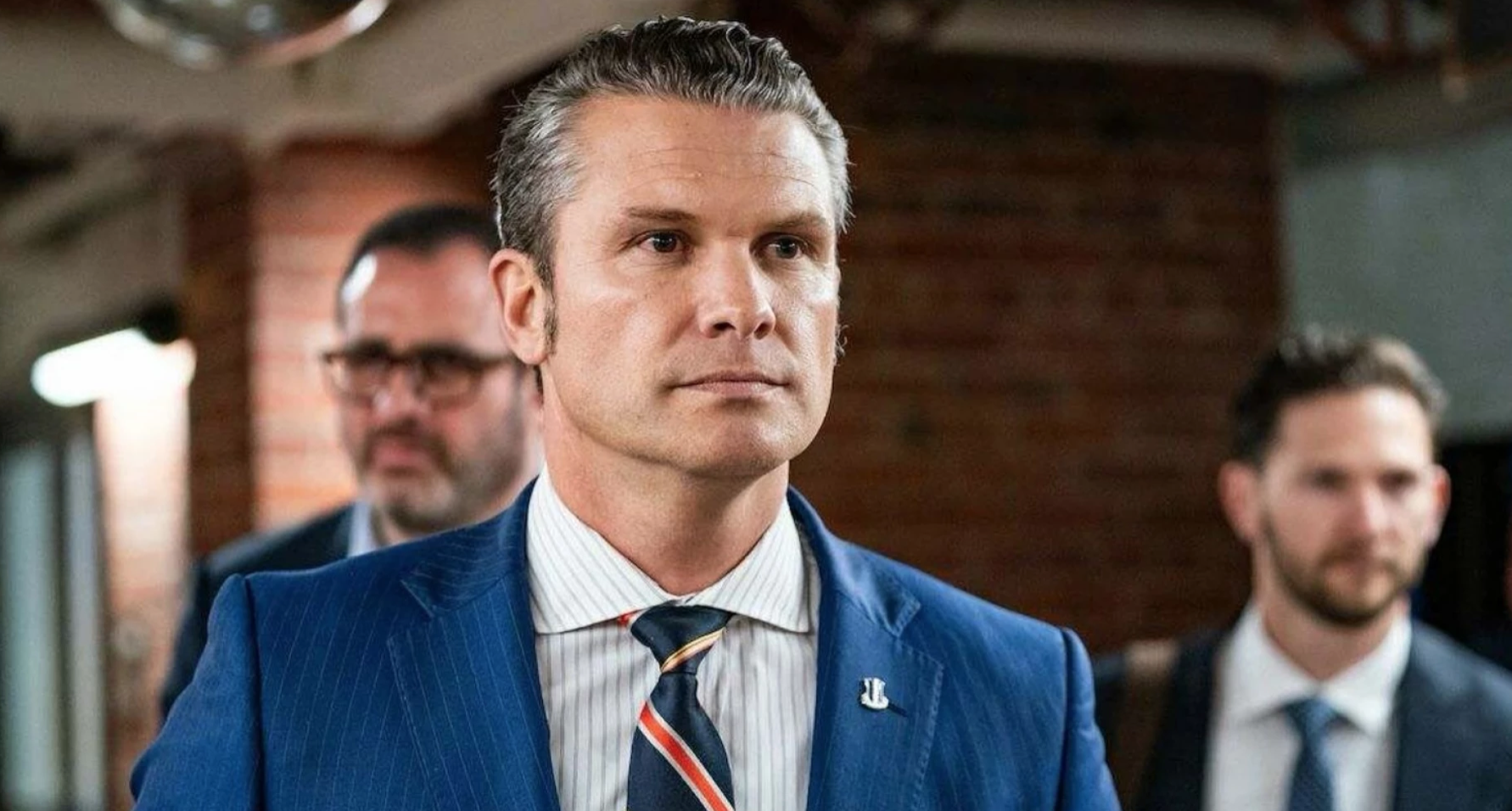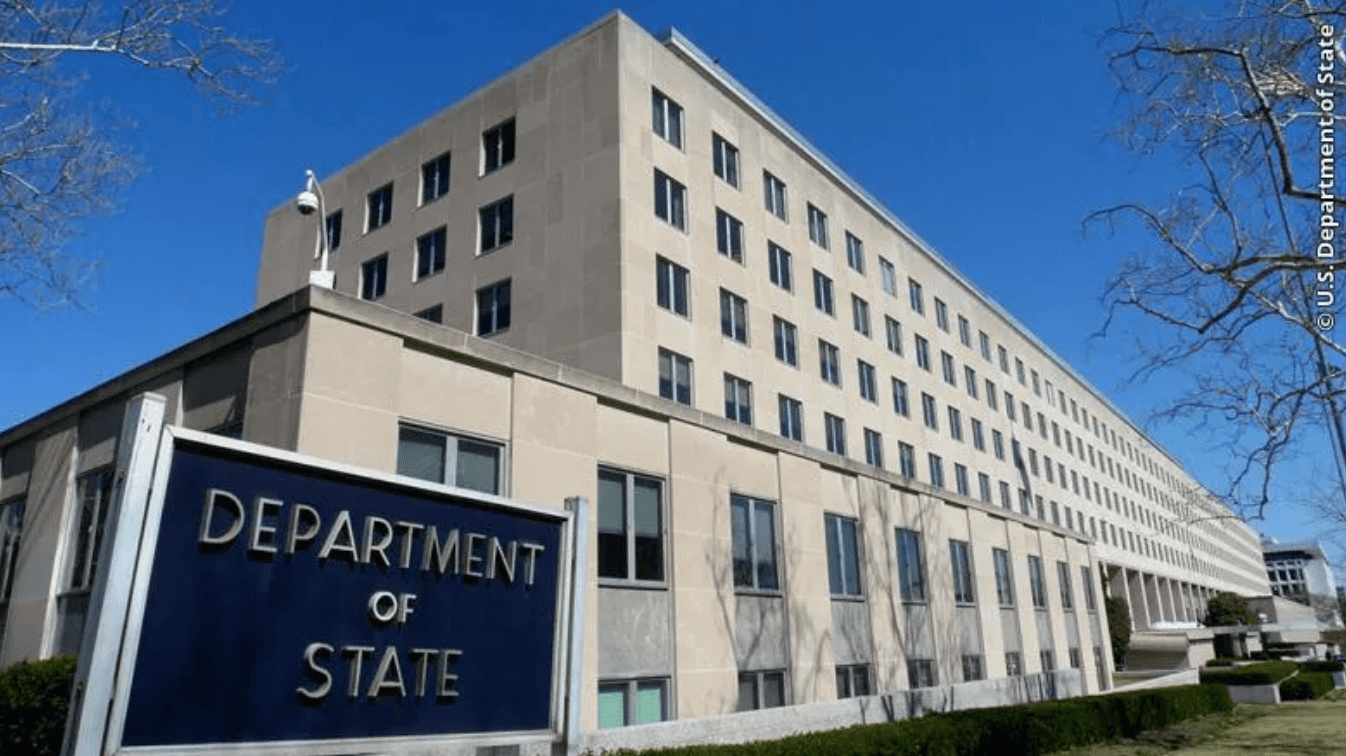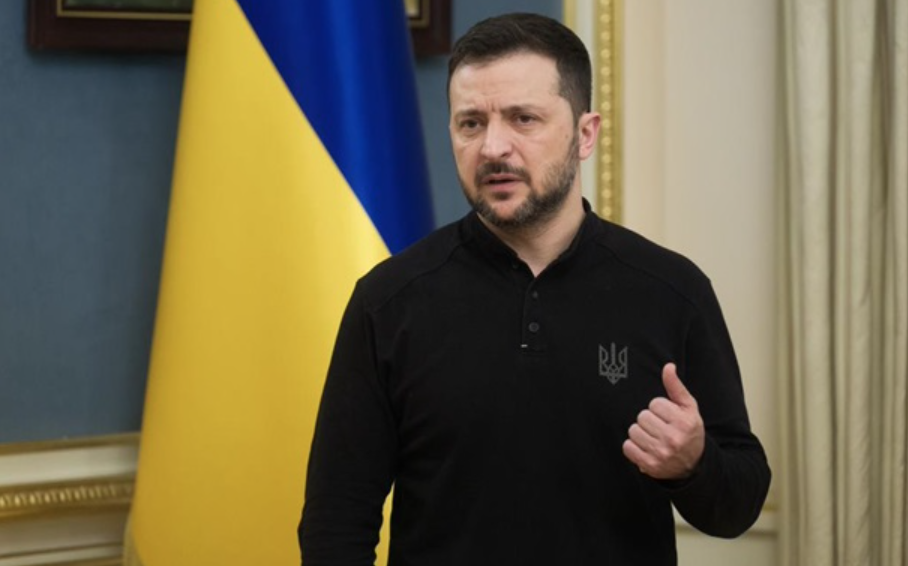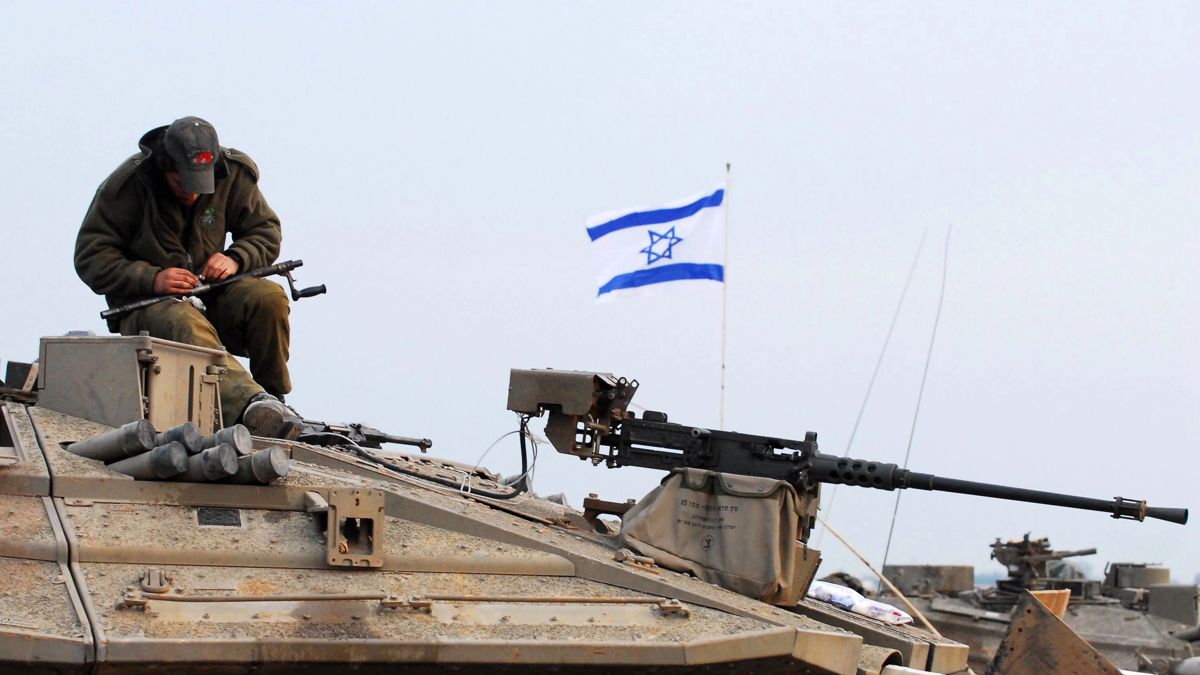Photo:Denis Shmyhal / Facebook
Kyiv, 24 February 2025 – Ukraine’s recovery from three years of full-scale war with Russia will require at least €500 billion, Prime Minister of Ukraine Denys Shmyhal said during a joint meeting of the Cabinet of Ministers and the European Commission.
“Such a restoration of Ukraine could become a magnum opus for Europe – the main task for years to come,” Shmyhal said.
Frozen Russian assets are key to Ukraine’s recovery
The Prime Minister stressed that one of the main sources of funding for the recovery should be Russia’s frozen assets.
“It is time to confiscate these assets. It is time to create a clear legal basis for this step,” Shmyhal said.
This statement once again focused attention on the use of frozen Russian assets to rebuild Ukraine’s destroyed infrastructure, which has long been discussed among partner countries, DW reports.
Estimated losses: over €500 billion
According to the most recent Damage and Needs Assessment (RDNA4) prepared by the World Bank, the European Commission and the UN, Ukraine’s recovery will cost $524 billion (about €506 billion) over the next 10 years.
This amount is almost 2.8 times higher than Ukraine’s nominal GDP last year.
Priority areas for funding in 2025:
– Housing and infrastructure
– Healthcare and social protection
– Education
– Energy and transport
– Water supply and demining
– Public safety and defence
In 2025, Ukraine has already set aside $7.37 billion(€7.12 billion) to address these priorities, but the funding gap is still $9.96 billion(€9.62 billion).
New aid to Ukraine – another €10 billion
On the third anniversary of Russia’s full-scale invasion of Ukraine, the European Union and other international partners announced new aid packages totalling around €10 billion.
Main announcements of assistance:
– The European Union will disburse €3.5 billion to Ukraine in March.
“This loan will be repaid from the proceeds of frozen Russian assets,” said European Commission President Ursula von der Leyen.
– Canada is allocating $5 billion(€4.77 billion), also from frozen Russian assets.
Justin Trudeau: “This is our contribution to rebuilding Ukraine and supporting its fight for freedom.”
– Other countries such as Spain, Norway, Finland and Denmark have also announced new aid packages.
Key aspects of Ukraine’s future recovery:
1. Use of frozen Russian assets:
– More and more countries are supporting the idea of confiscating Russian money in favour of Ukraine.
– The first payments are already planned to be made at the expense of interest on frozen assets.
2. Involvement of the private sector:
– The European Commission stressed the importance of active participation of private business in reconstruction projects.
– Favourable conditions are expected to be created for investors in the infrastructure, energy and IT sectors.
3. 3. International coordination:
– A special coordination platform is planned to be set up for the transparent distribution of funds.
– Restoring Ukraine will be a common task for the international community.
What’s next?
– The EU and G7 are actively discussing legal mechanisms for confiscating Russian assets.
– The Ukrainian government is preparing a national recovery plan for the next 10 years.
– World leaders are planning an international conference on Ukraine’s recovery in the summer of 2025.
“Restoring Ukraine is not just an economic task. This is a historic mission for Europe and the whole world,” summed up Prime Minister of Ukraine Denys Shmyhal.
The rebuilding of Ukraine will be a symbol of victory and the restoration of peace, and the involvement of the international community will be the key to a quick return to normal life.
